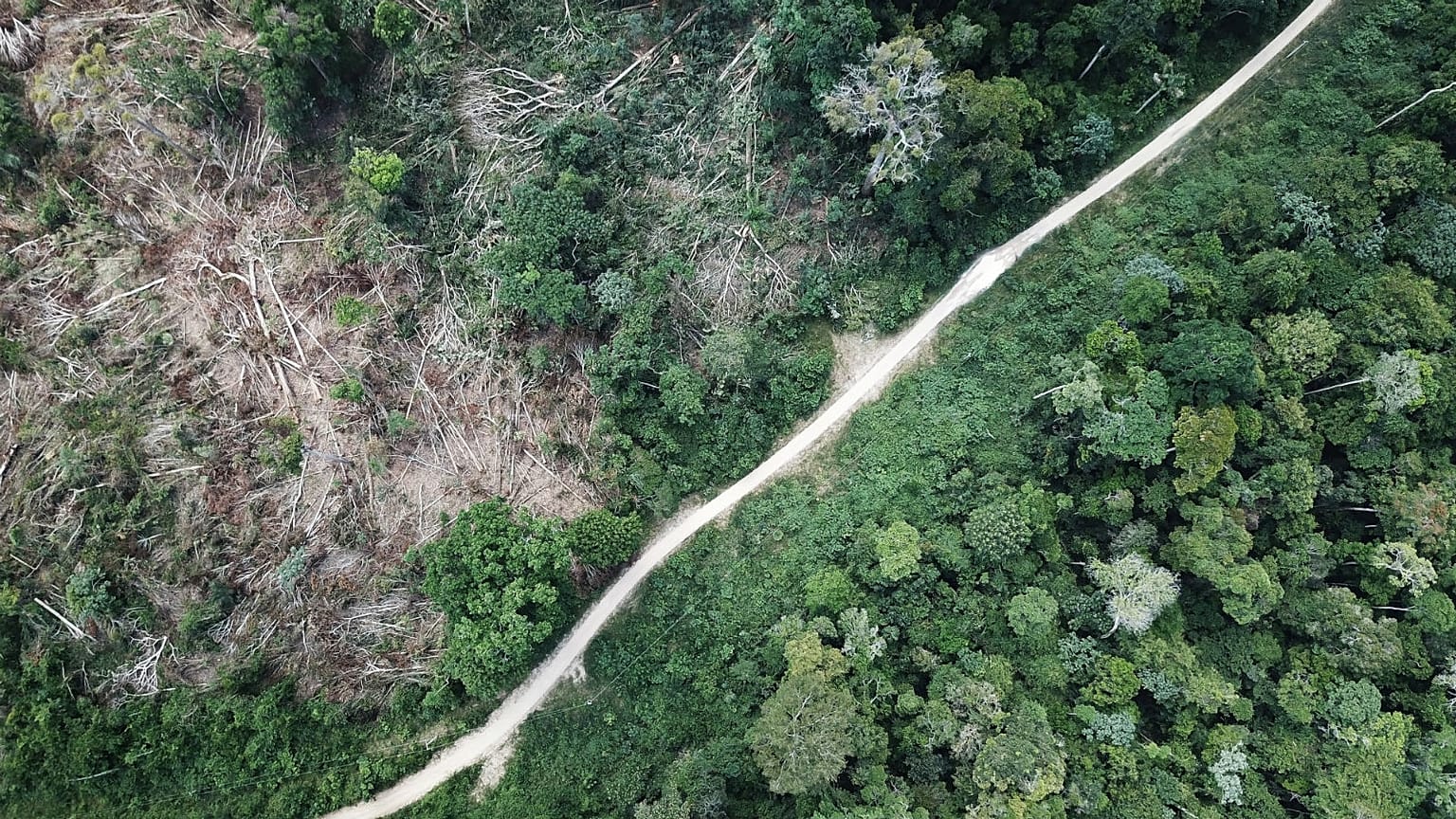Many reports call the Amazon forest "the lungs of the planet" but is this exactly true?
The Amazon rainforest has received a lot of attention over the past few weeks as Brazil and Bolivia battle a bigger number of wildfires this year.
In their coverage, many media outlets reported the French president’s Emmanuel Macron’s claim that the Amazon produces 20% of the world’s oxygen supply, implying the dangerous consequence for the planet’s oxygen supply.
But are these claims true?
Experts say this figure is actually lower and that this way of thinking is misleading given the true nature of Amazon’s effect on global oxygen levels.
“Saying that the Amazon produces 20% of our oxygen is a bit exaggerated, it’s more like 10 to 12% because the photosynthesis generated in the oceans also contributes to the planet’s oxygen production,” Philippe Ciais, a researcher of the Laboratoire des Sciences du Climat et de l'Environnement (LSCE), the climate change research unit of the Institut Pierre Simon Laplace (IPSL).
The Amazon consumes almost all the oxygen it produces
The Amazon forest is not a big source of oxygen since the trees consume almost all of it through photosynthesis — the process used by plants to convert light energy into chemical energy that can later be released to fuel the organisms' activities.
The net effect of the Amazon rainforest on the amount of oxygen in the global atmosphere is “virtually zero” since the new plant matter is, almost, balanced by microbes that decompose the dead plant material, said Vincent Dubreuil, a geography professor at the University of Rennes.
“Today's ecosystems contribute very little to oxygen in the atmosphere. Most of this oxygen comes from organic matter buried in our soil over billions of years,” said Neal Blair, professor of environmental engineering at Northwestern University.
Basing himself on the 1998 study by Science magazine, he estimates that the Amazon rainforest produces “about 6%” of the planet’s oxygen.
Ciais agreed with this: The figure of 20% is exaggerated: the global photosynthesis of terrestrial plants emits oxygen into the atmosphere but the Amazon is responsible for only 10% of this annual emission. In addition, marine photosynthesis also emits oxygen. So in total, the Amazon must emit about 5-6% of atmospheric oxygen.“
However, the Amazon forest is of crucial importance for the biodiversity and the climate regulation of the American continent.
Who is responsible for the biggest production of oxygen on Earth?
Experts say that the greatest production of oxygen comes from the oceans, precisely from plant microorganisms called phytoplankton.
Photosynthesis on our planet is provided 50% by oceans and unicellular organisms, in particular diatoms and coccolithophores.
Diatoms are the secret of the Earth's oxygen. These organisms use chlorophyll to collect energy from the sun and transform it by means of photosynthesis into organic matter and oxygen.
When this process starts, they emit a light that can be seen from space.
CO2 emissions are the real threat of deforestation in the Amazon
Experts agree that the volume of oxygen generated by the Amazon should not be the main issue surrounding the multiple fires that the Amazon is experiencing. But rather the danger and ecological catastrophe caused by an increase in carbon dioxide in the atmosphere due to deforestation.
"The rainforest absorbs about 15% of the carbon dioxide in the atmosphere. This is really fundamental because if it didn't exist, this carbon dioxide would remain in the atmosphere and climate would change at a faster pace," said Jérôme Chave, researcher at the Biodiversity Evolution Laboratory in Toulouse.
Tropical forests are as important as oceans because they also contribute to the implementation of emission reduction strategies. The problem is not only in the Amazon, it is global and climate change is affecting all ecosystems, which are also degrading, though not as rapidly as the tropical forest.
To understand the importance of the Amazon in the treatment of CO2 in the atmosphere, one could compare the amount of CO2 absorbed by the Amazon with the CO2 emitted by fossil fuels. In this case, the Amazon absorbs 5% of fossil CO2 emissions, which is equivalent to "half of Europe's emissions," estimated Ciais.
"If the Amazon were deforested, not only would these carbon drains be lost, but it would also become a source of CO2 for the atmosphere," he added.















